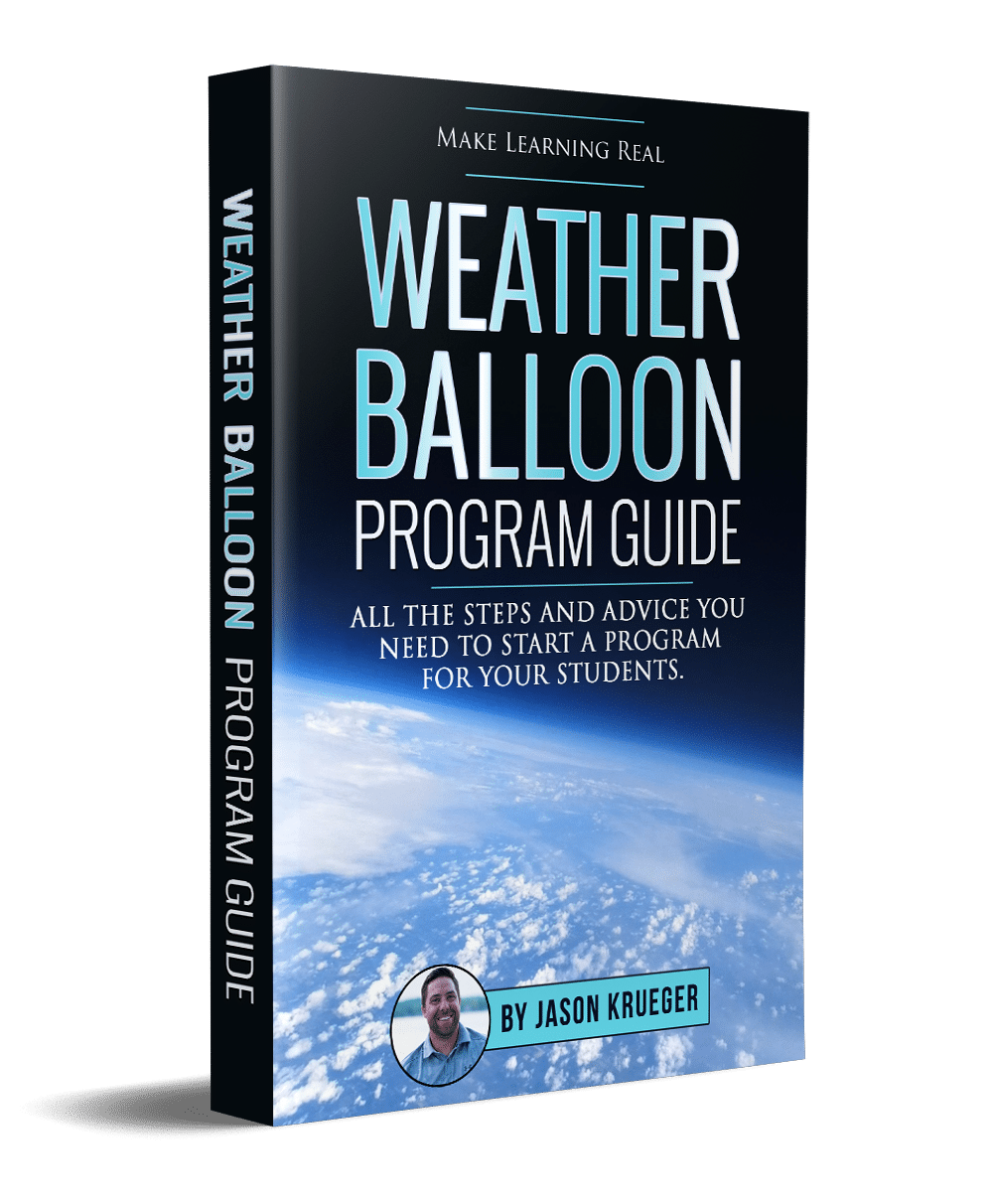Have you ever stepped out of your house at night expecting to see the sky filled with stars only to be met with an empty sky? Better yet, have you ever traveled in the western US and seen hundreds upon hundreds of stars filling the sky? If you answered yes to either of these questions, then you have seen the impact of light pollution.
Stargazing isn’t as simple as it used to be. When Copernicus or Galileo wanted to study the stars, they simply had to go into their backyards and set up a telescope. Today, it’s much more difficult than that. For most, a simple telescope will only help you see a few stars, which leaves many to miss out on the opportunity of stargazing.
What Is Light Pollution?
Light pollution is one of the biggest environmental alterations. Because there are so many artificial lights in our cities, towns, and everywhere else, the environment’s light levels have been changed. Basically, what that means is there is so much light at night, it’s changing the way the world looks when the sun goes down. In the developed world, the use of artificial lights has created a luminous fog that hides the stars and night sky.
Humans and Light Pollution
While humans have been the main cause of light pollution, they are also the ones to suffer. Scientist are claiming that almost an entire generation of people are growing up without seeing the Milky Way Galaxy. The stars that so many other generations grew up looking at and pondering are now being hidden by light pollution. While it may not seem like a huge deal to many, there is concern that without the stars, there won’t be as many discoveries made about space because the interest simply won’t be there.
Light Pollution and The Natural World
Light pollution is impacting more than people’s ability to stargaze. It’s actually changing the environment. Because the night sky is brighter than it should be, insects and animals are changing their behavioral patterns. Insects, birds, and even sea turtles use natural lighting to find their way and they use the darkness as a way to disguise themselves. With the light pollution, though, the animal world is becoming confused, which could end up having fatal consequences.
What Can We Do?
Thankfully, light pollution isn’t too difficult to fight. While it is still unknown if we can reverse the current situation, we can prevent it from getting worse. By simply shielding lights and turning them off or reducing night lighting to a minimum, we can combat the future damage of light pollution.
Through initiatives like project-based learning and STEM education, we can help teach students of every age the importance of space and our environment. If you’re curious about STEM education and how to incorporate it into the classroom, then be sure to check out our STEM resources for educators. You’ll learn great ways to include STEM in your classroom and the importance of project-based learning.


